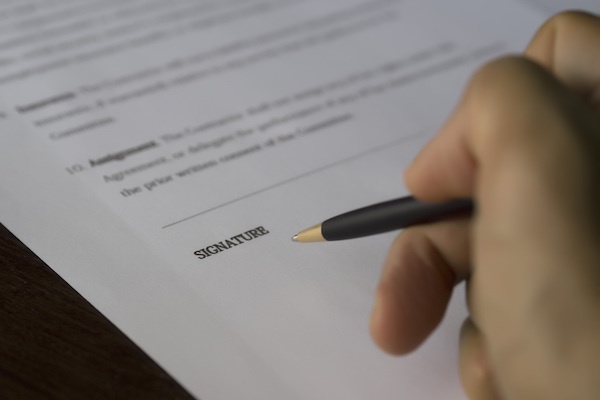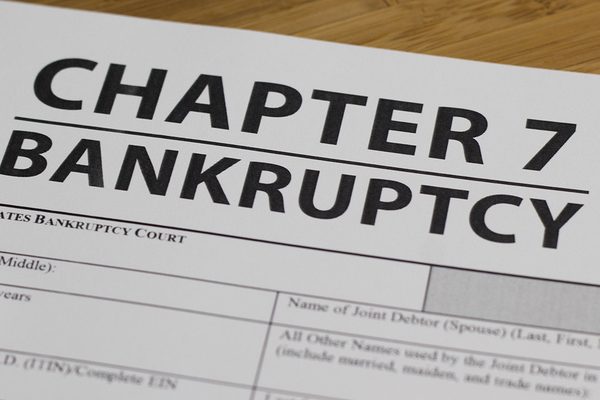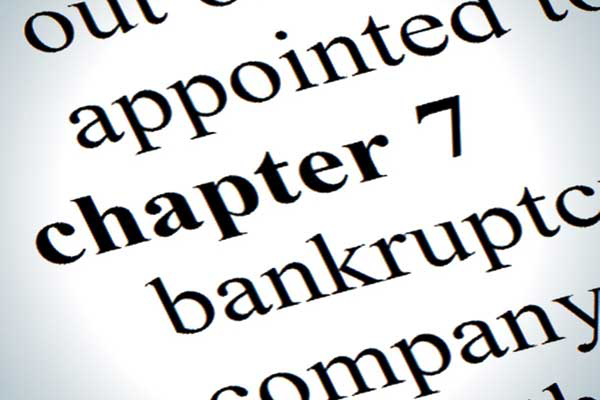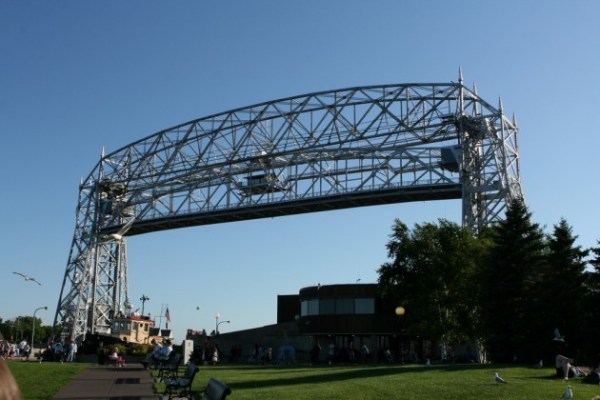Chapter 7 bankruptcies are known as the “Liquidation” chapter of bankruptcies. That doesn’t mean the judge is going to pull up in front of your house with a moving truck, load up your stuff, and drive away. Instead, it means the court labels your property as either “exempt” or “non-exempt” based on either federal or state laws. Your non-exempt property can either be: 1) surrendered to your Chapter 7 trustee, 2) “purchased” from your bankruptcy estate, 3) or abandoned by the Chapter 7 trustee. Here, I will first discuss the differences between exempt and non-exempt property. Then, I will discuss the three non-exempt property options.

The Difference Between Exempt & Non-Exempt Property in Minnesota
Chapter 7 bankruptcies are known as the “Liquidation” chapter of bankruptcies. That doesn’t mean...




%20Filing%20Chapter%207%20Bankruptcy%20in%20Eden%20Prairie%2c%20MN.png)












